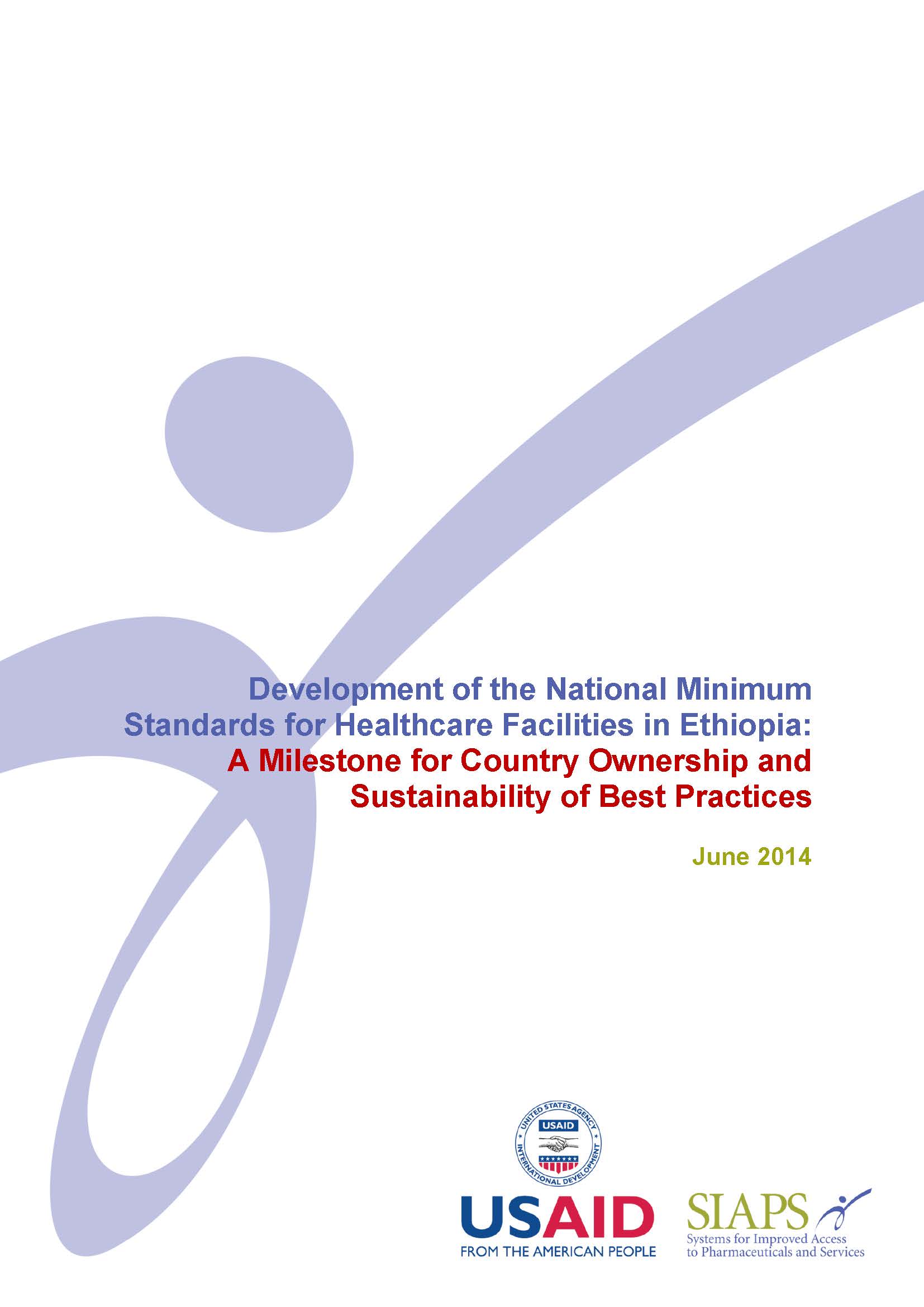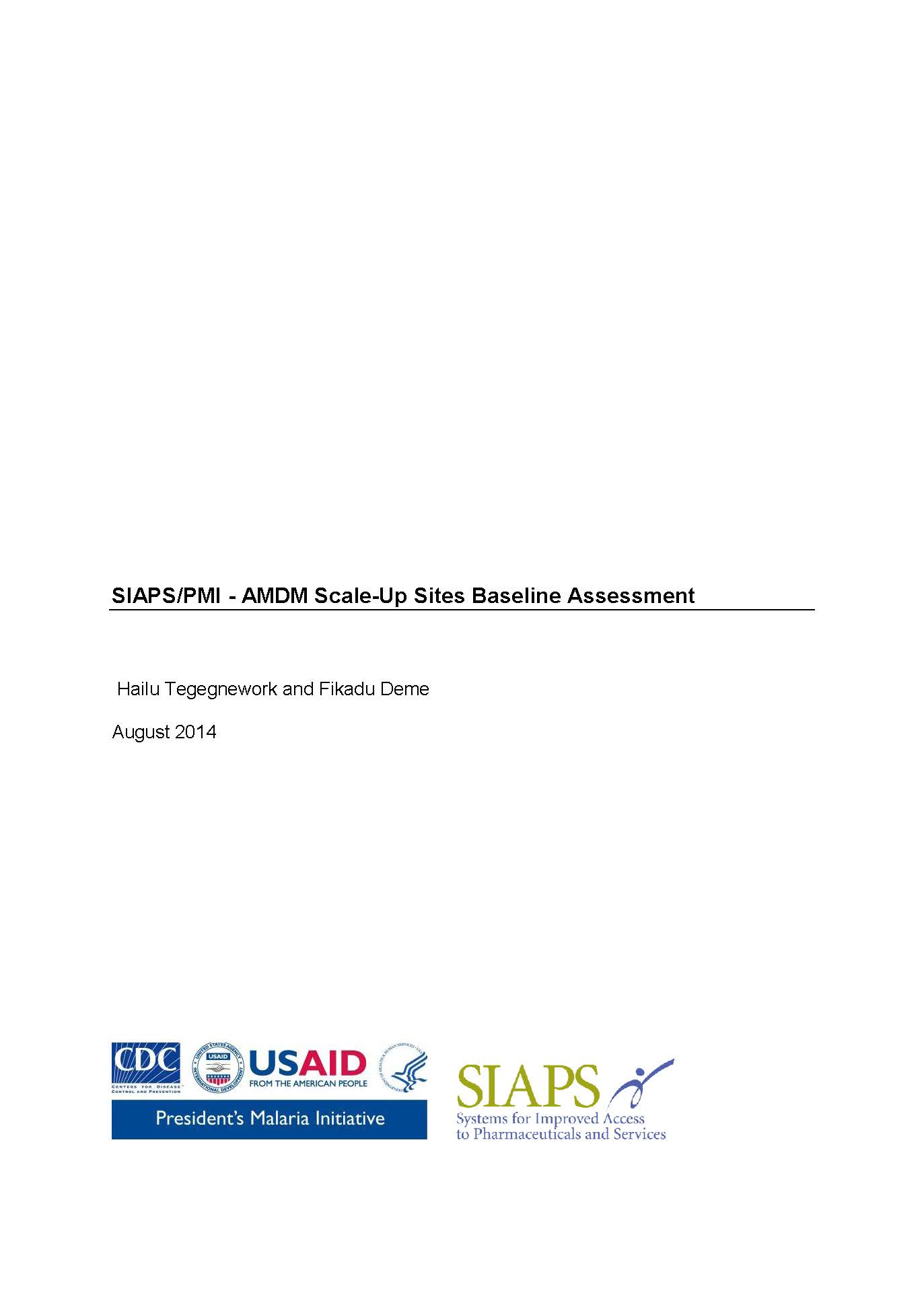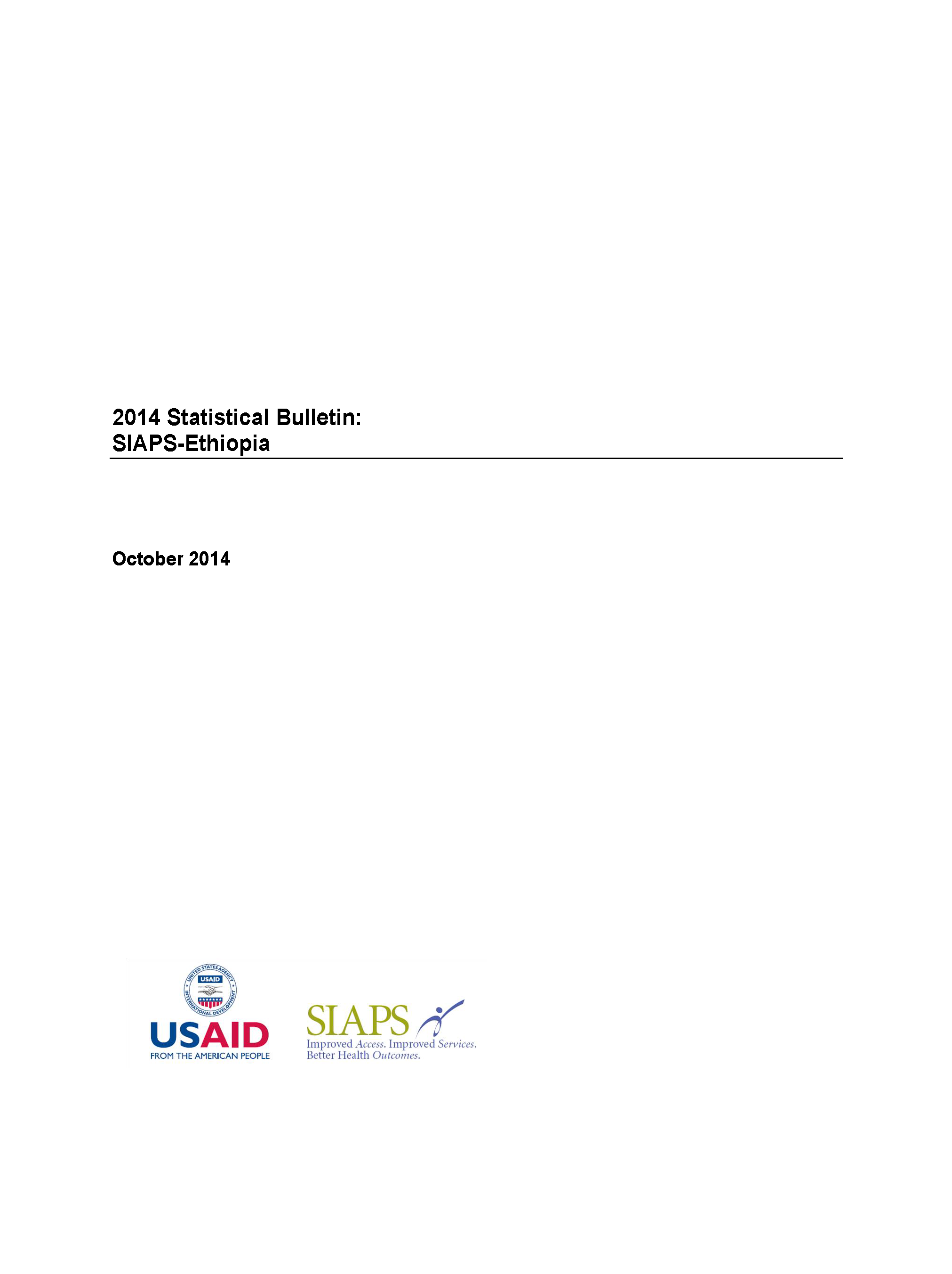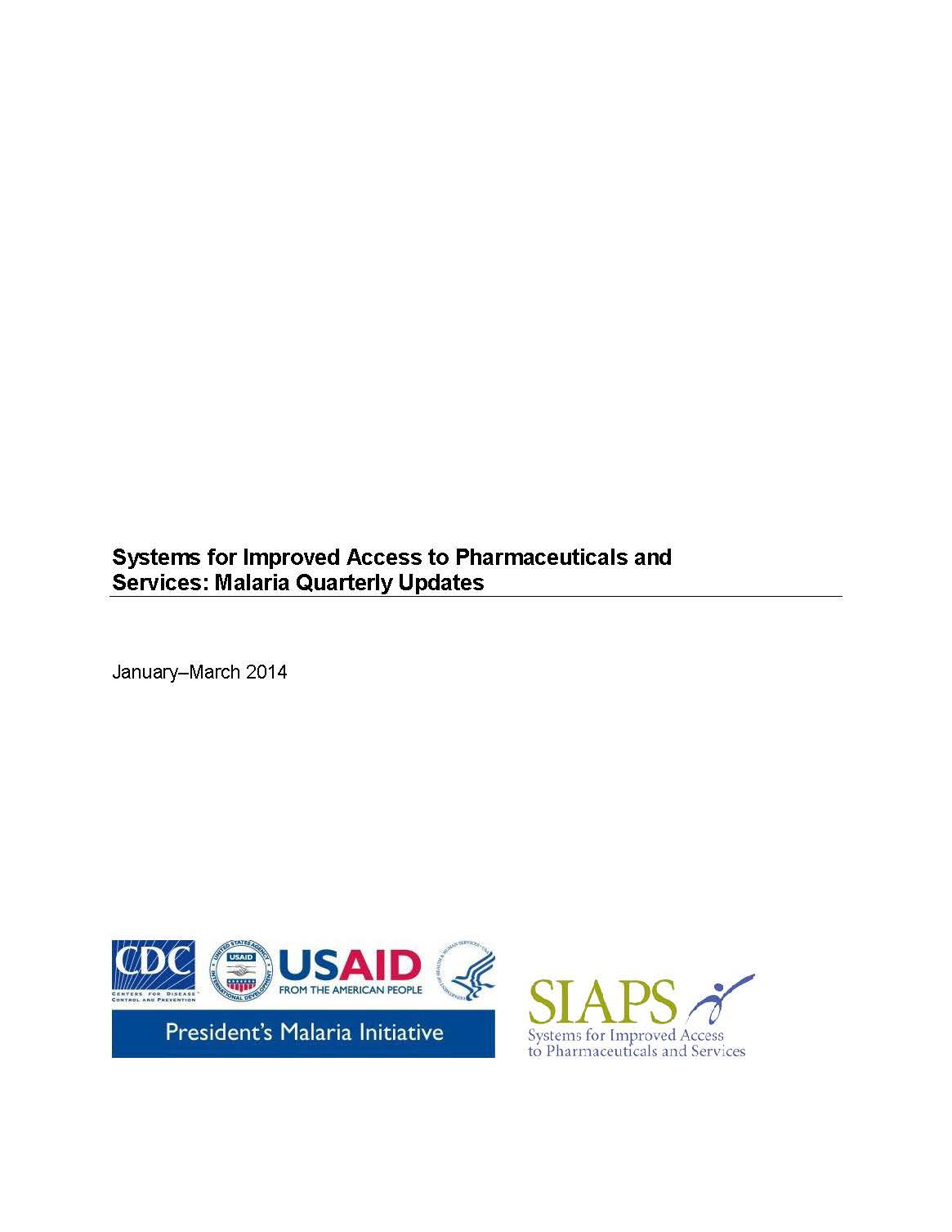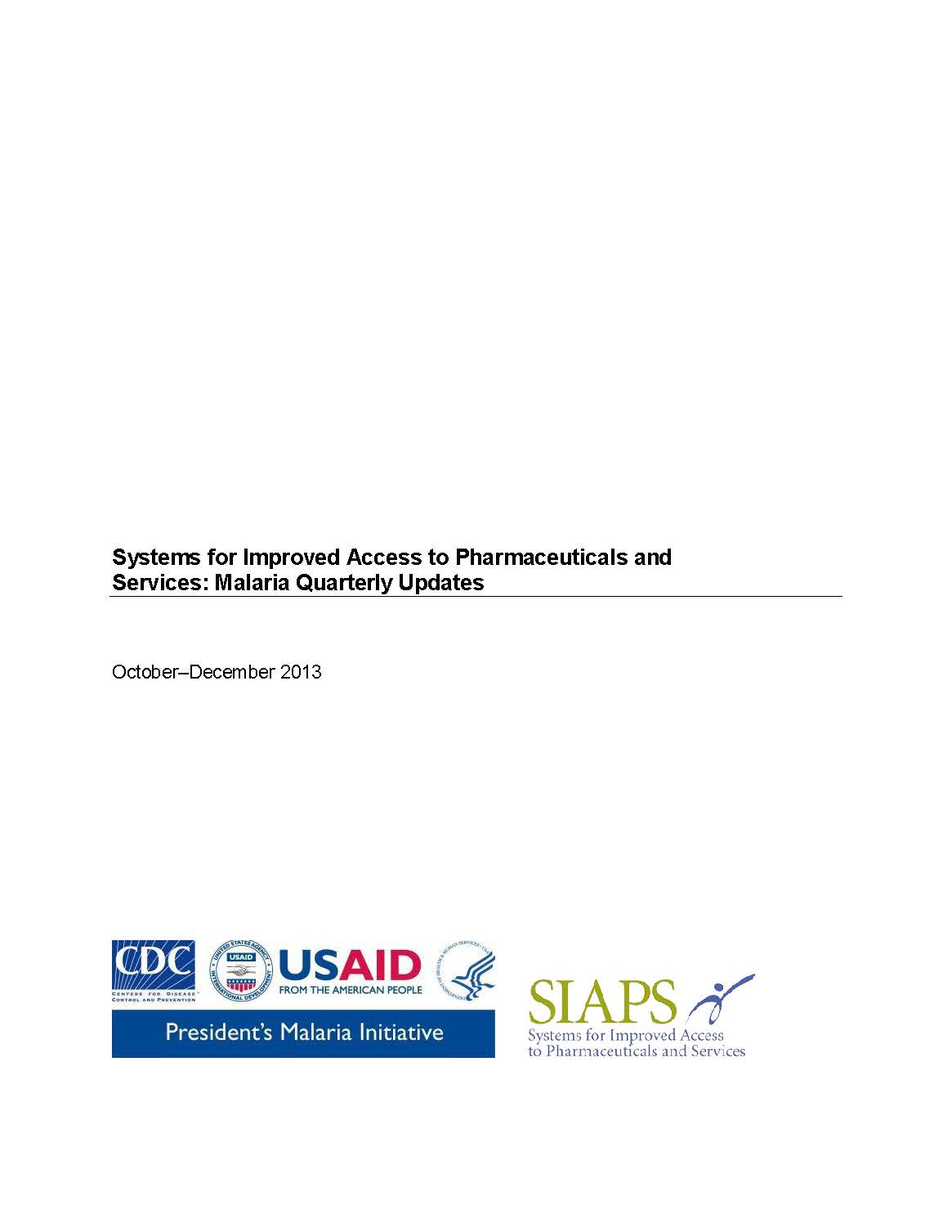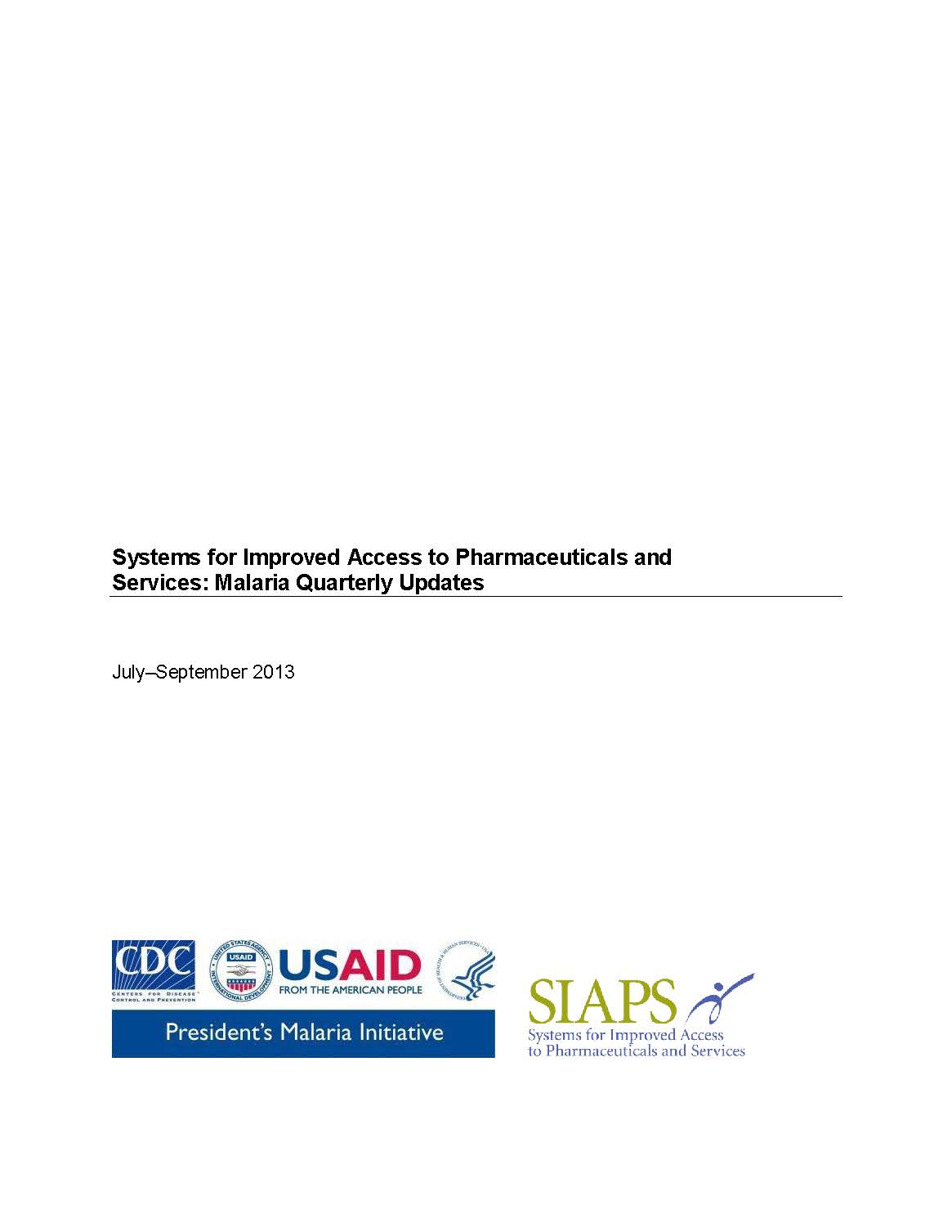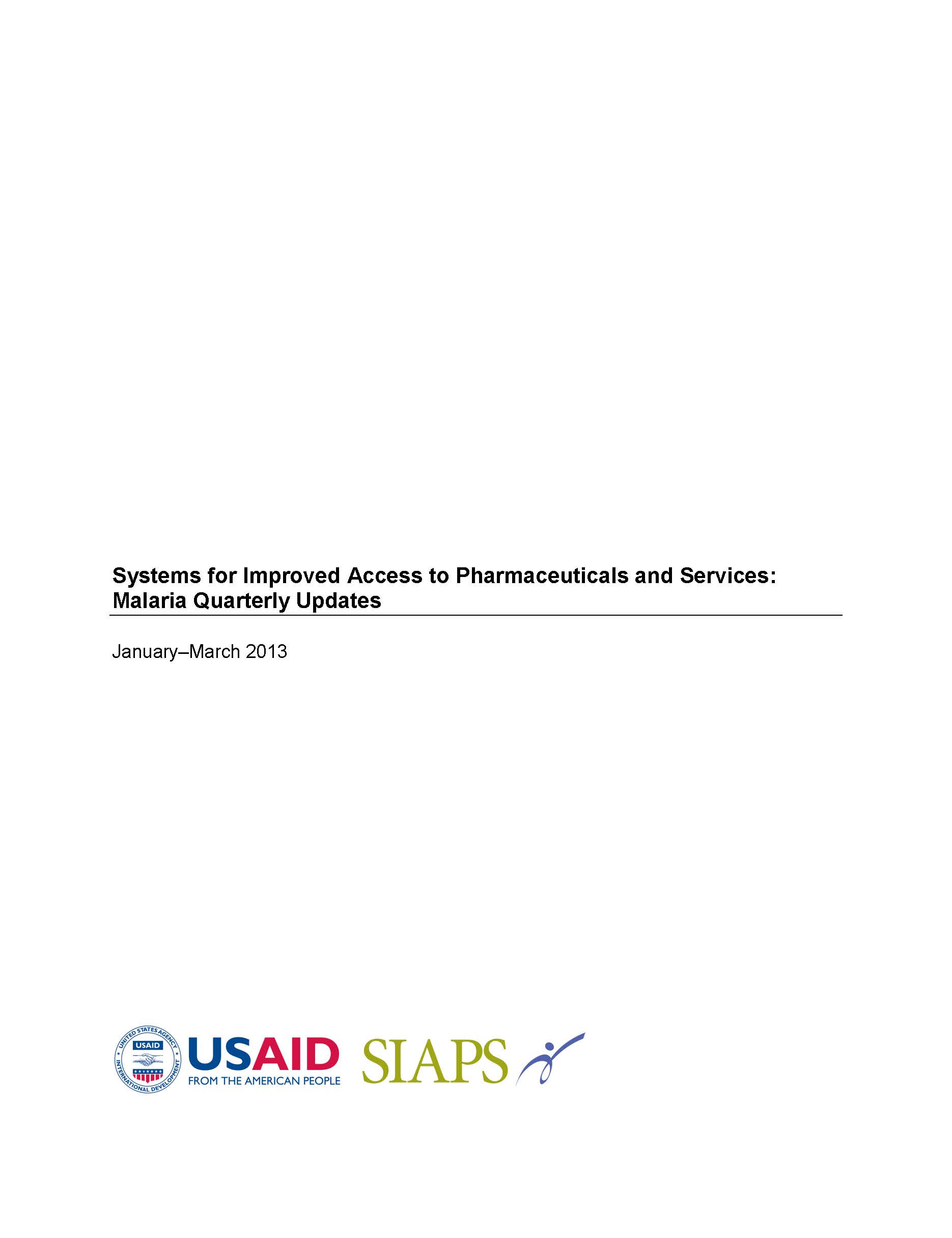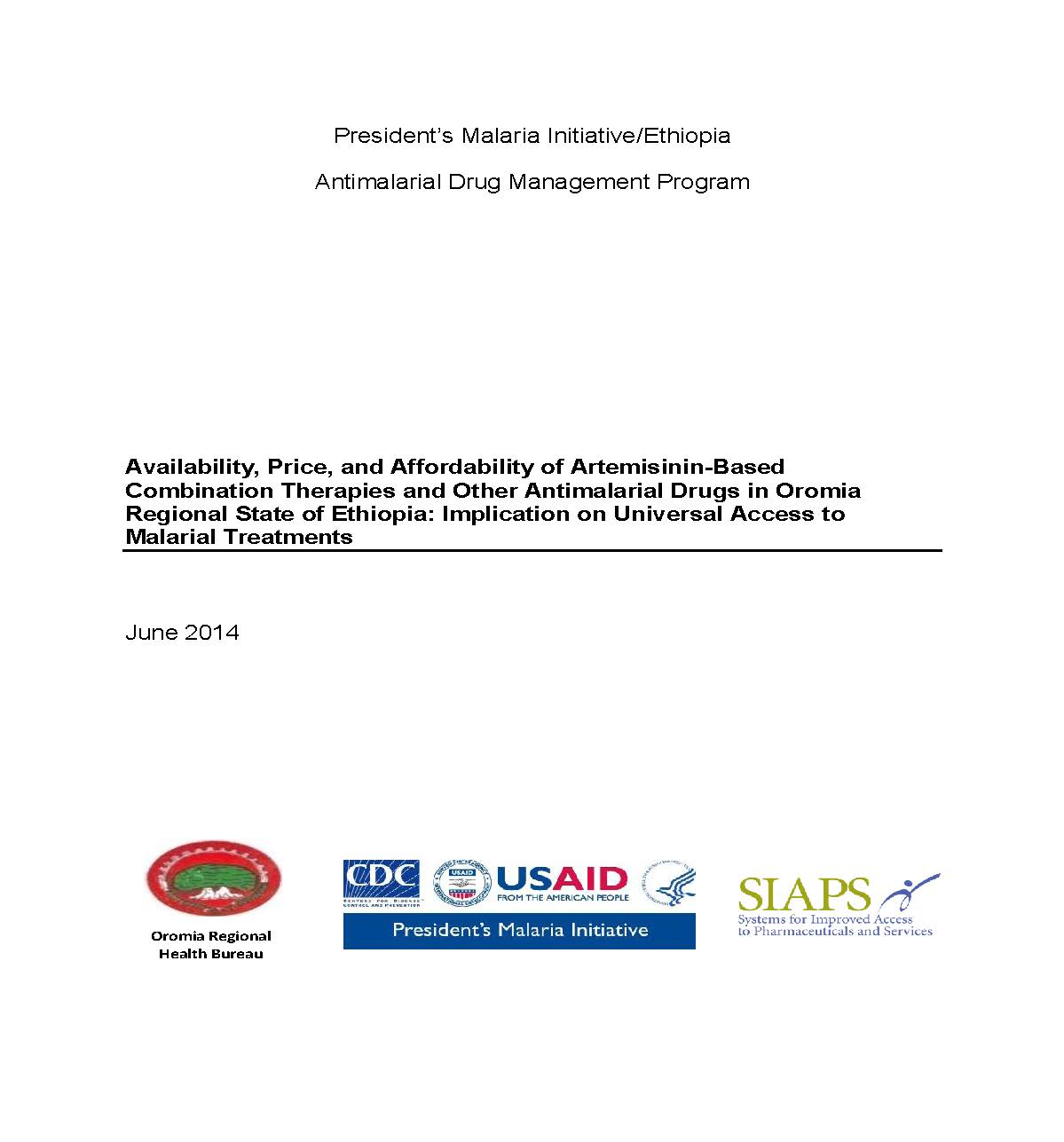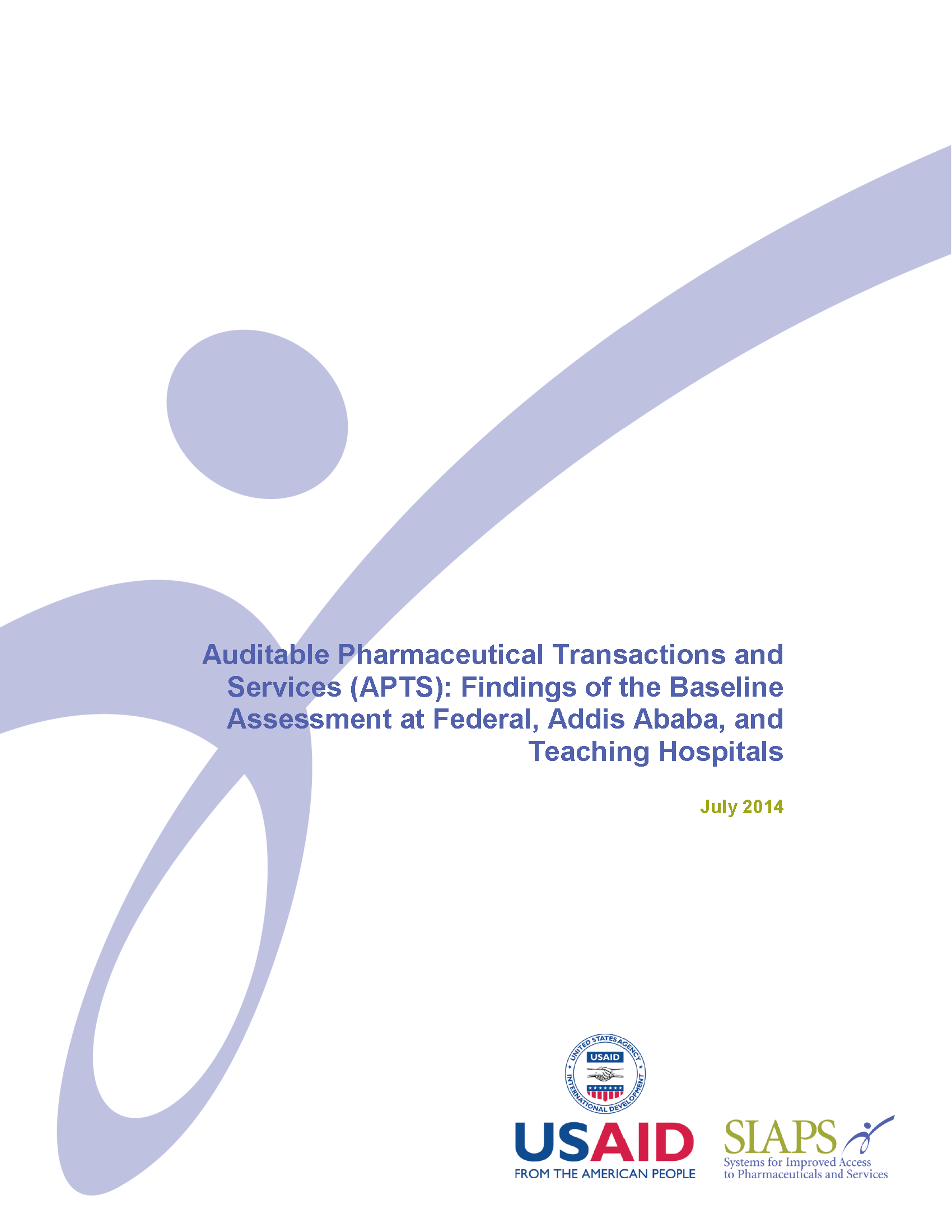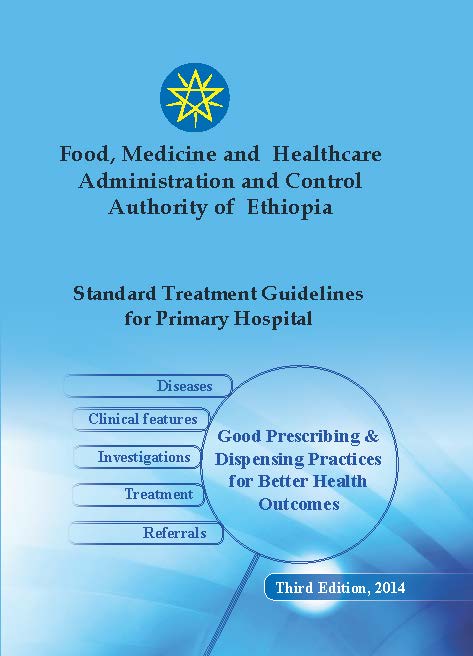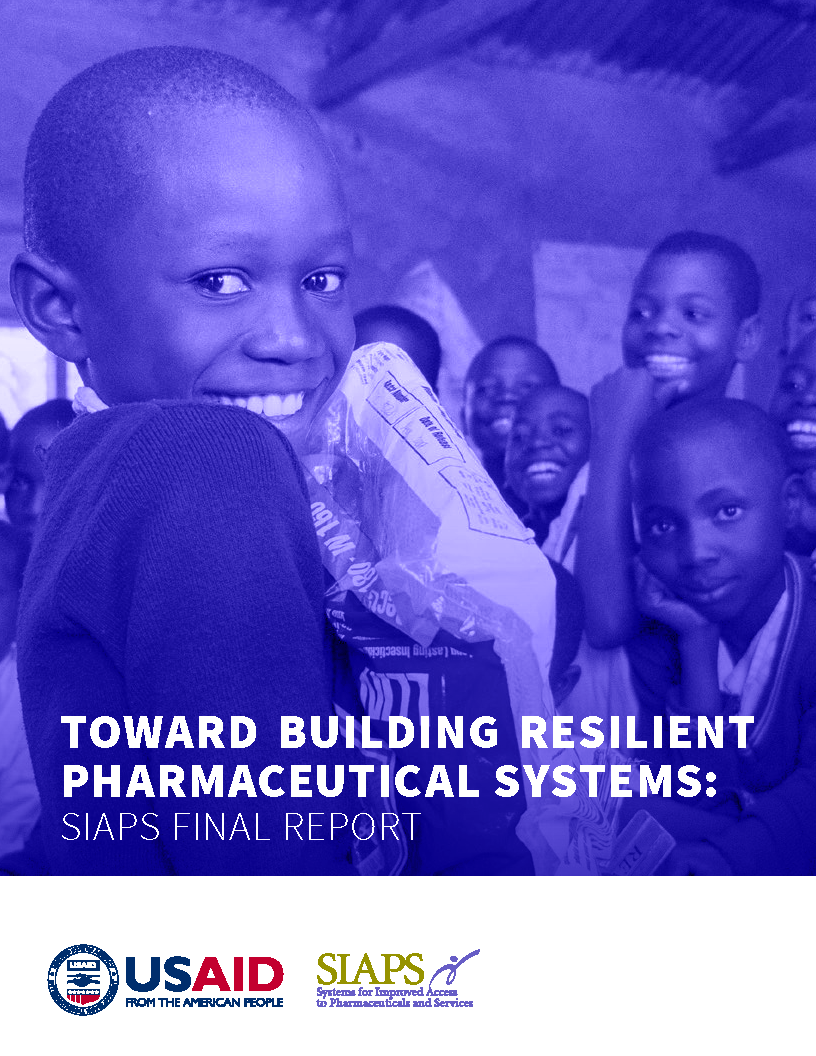Licensing is a statutory mechanism by which a governmental authority grants permission to an individual practitioner to engage in an occupation or to a healthcare organization to operate and deliver services. Licensing allows governments to ensure basic public health and safety by controlling the entry of providers and facilities into the health care market and … Read more
The President’s Malaria Initiative (PMI) is an interagency initiative led by the US Agency for International Development (USAID) with the US Centers for Disease Control and Prevention (CDC). PMI aims to reduce malaria-related mortality by 50% in 15 countries in sub-Saharan Africa by 2010. It plans to meet this goal by achieving 85% coverage of … Read more
This 2014 Statistical Bulletin presents summary data on SIAPS’ support to stakeholders in Ethiopia. In particular, the Bulletin contains data on institutional and human resource capacity building efforts. It is expected to serve as a reference material for users of the services and technical support provided by SIAPS-Ethiopia.
This report briefly describes the major activities that SIAPS conducted at the global level and in Angola, Burundi, the Democratic Republic of the Congo (DRC), Ethiopia, Guinea, Mali, and South Sudan between January and March 2014.
This report briefly describes the major activities that SIAPS carried out at the global level and in Angola, Burundi, the Democratic Republic of the Congo (DRC), Ethiopia, Guinea, Mali, and South Sudan between October and December 2013.
This report briefly describes the major activities that SIAPS carried out at the global level as well as in Angola, Burundi, the Democratic Republic of the Congo (DRC), Ethiopia, Guinea, Liberia, Mali, and South Sudan between July and September 2013.
AMI, Angola, Burundi, capacity building, Democratic Republic of Congo, Ethiopia, Guinea, Liberia, Malaria., Mali, PMI, South Sudan, Supply chain management
This report briefly describes the major activities that SIAPS carried out at the global level as well as in Angola, Burundi, the Democratic Republic of the Congo, Ethiopia, Guinea, Liberia, Mali, and South Sudan between January and March 2013.
Angola, Burundi, Democratic Republic of Congo, Ethiopia, Guinea, Liberia, Malaria., Mali, PMI, Quarterly report, South Sudan
Malaria is one of the major public health challenges in Ethiopia. Approximately 68% of the population (52 million people) lives in malaria-endemic areas. According to Ethiopian Public Health Emergency Management (PHEM) data, 18% of malaria cases reported in Ethiopia are in the Oromia Region. Only two other regions report more cases of malaria: the Southern Nations, Nationalities, and … Read more
Diseases such as pneumonia, diarrhea, and malaria are the major causes of morbidity and mortality in Ethiopia. They can be successfully treated with essential medicines. Noncommunicable diseases are emerging challenges that are receiving the attention of the Government of Ethiopia. However, the essential medicines required to treat such priority health problems are not available on a continuous basis in … Read more
In a healthcare system where multiple treatment options are available, the development and implementation of standard treatment guidelines (STGs) is a crucial strategy for ensuring effective and safe use of medicines, containing health care costs, and preventing antimicrobial resistance. STGs promote therapeutically effective and economic use of medicines at different levels of health facilities, as they give clear guidance and recommendations … Read more
